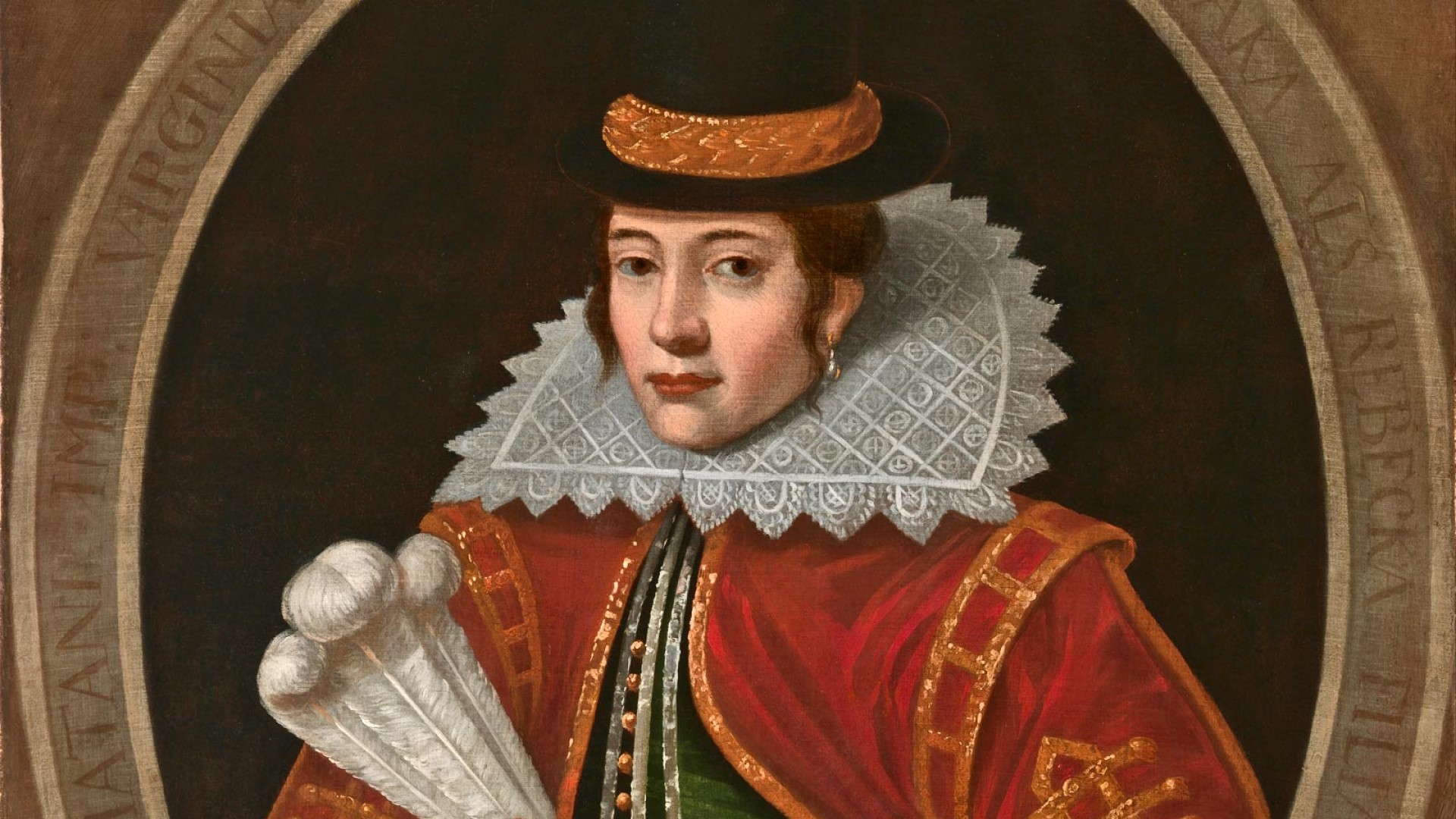Factual inaccuracies in the movies
Could it be fair to say Hollywood has a habit of glorifying and exaggerating historical stories to make them more of a box office draw? That may be so - and understandable - but some films have just got it plain wrong - take a look at these glaring factual inaccuracies in the movies.
Directed, produced by, and starring Ben Affleck, this Oscar-winning film focuses on the rescue mission of six American diplomats in Tehran, carried out by CIA operative Tony Mendez in 1979.
Photo: Legendary Pictures
Not only does it downplay the Canadian government’s role in the entire hostage situation, but it also replaces the real-life support from the British and New Zealand embassieswith indirect blame. Oh, and the scene at the end never happened, the handover went smoothly.
Photo: Legendary Pictures
In the film, after surviving the bombing, fictional heroes Danny and Rafe are sent to Tokyo to bomb the city, but the truth is that no one was sent there. The film also shows the Japanese planes firing on civilians and a hospital, this also never happened.
However, perhaps the biggest and possibly most ridiculous historical part in Pearl Harbor is when President Roosevelt stands up from his wheelchair to make a dramatic speech.
Photo: Touchstone Pictures
The epic film 'Gladiator', which ignited Russell Crowe’s career and won Best Picture at the Academy Awards, took a few liberties with historical figures and events. First, the gladiator Maximus (Crowe) is entirely fictional. As for the Roman Emperor Marcus Aurelius, he was not killed by his son Commodus but died of chickenpox.
So he obviously wasn't killed in a duel with Maximus because he is a fictional character - but rather, he was strangled in his bath by his lover. That would be some alternative ending!
Steven Spielberg’s true drama about a slave ship rebellion and the resulting Supreme Court case makes a real hero out of John Quincy Adams (Anthony Hopkins), the 6th president of the United States, but it takes some liberties with the facts.
Photo: Dreamworks
His antislavery stances were less forceful than the film would suggest and the film seems to focus around the numerous white heroes. The movie also forgot the part when 3,000 white people paid 12 cents to stare at the Africans while they were in jail awaiting the trial…
Oliver Stone’s JFK is almost three and a half hours long. It made over $200 million at the box office and was nominated for eight Oscars. The director claims the film was based on research and says he pushed to have classified files about the assassination released, but more than a couple of the scenes in the movie are made up.
One witness in the movie is murdered after confessing he worked with the CIA, had a close relationship with Lee Harvey Oswald, and knew the identities of the real killers. In real life, that same man died of natural causes and was never found guilty of anything.
Mel Gibson’s Revolutionary War drama is filled with many events that never took place. The biggest fib is a scene in which civilians are locked in a church that is then set on fire by British troops. There is not a shred of evidence to suggest that even happened.
Photo: Columbia / Sony
Mel Gibson's character is often seen accusing the evil British troops of breaking the "rules of war," even though at the time 'The rules of war' - as in the Geneva Conventions - didn’t exist. In fact, almost none of the facts about the English baddies are true. This is definitely more fiction than fact.
Photo: Columbia / Sony
A period drama starring Cate Blanchett as Elizabeth I of England, the movie distorted the dates to include particular events that occurred much later. In addition, the story showed the Queen as a much weaker character than she really was.
She was also fully aware that her love interest, Robert Dudley, was married, and he remained a close supporter of hers until his death. He did not conspire against her as the film suggests. Kat Ashley, Elizabeth’s lady-in-waiting, was not the same age as the queen but she was at least 20 years her senior.
Photo: Universal
The film centres on the battle of Thermopylae that occurred in 480 BC between Spartan warriors and the Persian army. Though greatly outnumbered, there were in reality about 7000 Spartans not the 300 as were depicted in the films title.
The Persian King Xerxes was given an almost God-like quality and depicted as scantily clad, and covered in jewellery with a nose ring. The Iranian Academy of the Arts put forward a formal complaint to UNESCO (United Nations Educational, Scientific and Cultural Organization) they said the film was “an attack on the historical identity of Iran.”
Her real name was Amonute and Pocahontas was her nickname, translating to "playful one" or possibly "ill-behaved child." In the Disney version, Pocahontas meets and falls in love with English Captain John Smith, a settler with dreams of conquering the new world. She stops at nothing to keep the peace between her tribe and the English. Saving Smith's life along the way.
Photo: Pocahontas, Disney
In reality, Pocahontas was a child when Smith arrived, and she married another man before dying at the young age of only 22.
Image: Unknown artist, 1616 / Google Arts and Culture
This is the story of Scottish warrior William Wallace, but it contains quite a few inaccuracies. In the movie, Wallace comes from humble beginnings and is just a poor Highlander. In real life, he was a nobleman and a Knight.
Another inaccuracy is the Scottish hero’s romantic relations with the wife of Edward II, Isabella of France. It’s suggested in the film that Isabella is pregnant with William Wallace’s child. However, it’s extremely unlikely that the pair actually even met.
Now let’s remember that this is a romantic comedy and not a historical drama, so we can forgive minor details such as the Queen attending public theatre and unrealistic props such as glass beer mugs. However...
Remember this was the time of the bubonic plague (Shakespearean COVID) and theatres would probably have been closed.
Throughout the film, there are events that may have actually happened, but in different ways, to different people, or in different locations altogether. Since the film’s premiere in 2004, an incredible four Director’s Cuts have been released to try to amend some of the movie's inaccuracies.
The Battle of the Granicus, the Battle of Issus, and the Battle of Gaugamela were all mixed into one incredible battle for the film and angered historians.
It just goes to show that just because Hollywood produces historical films, we mustn't confuse that with a factual documentary. It does make a good movie, though.
Follow Showbizz Daily to stay informed and enjoy more content!





































